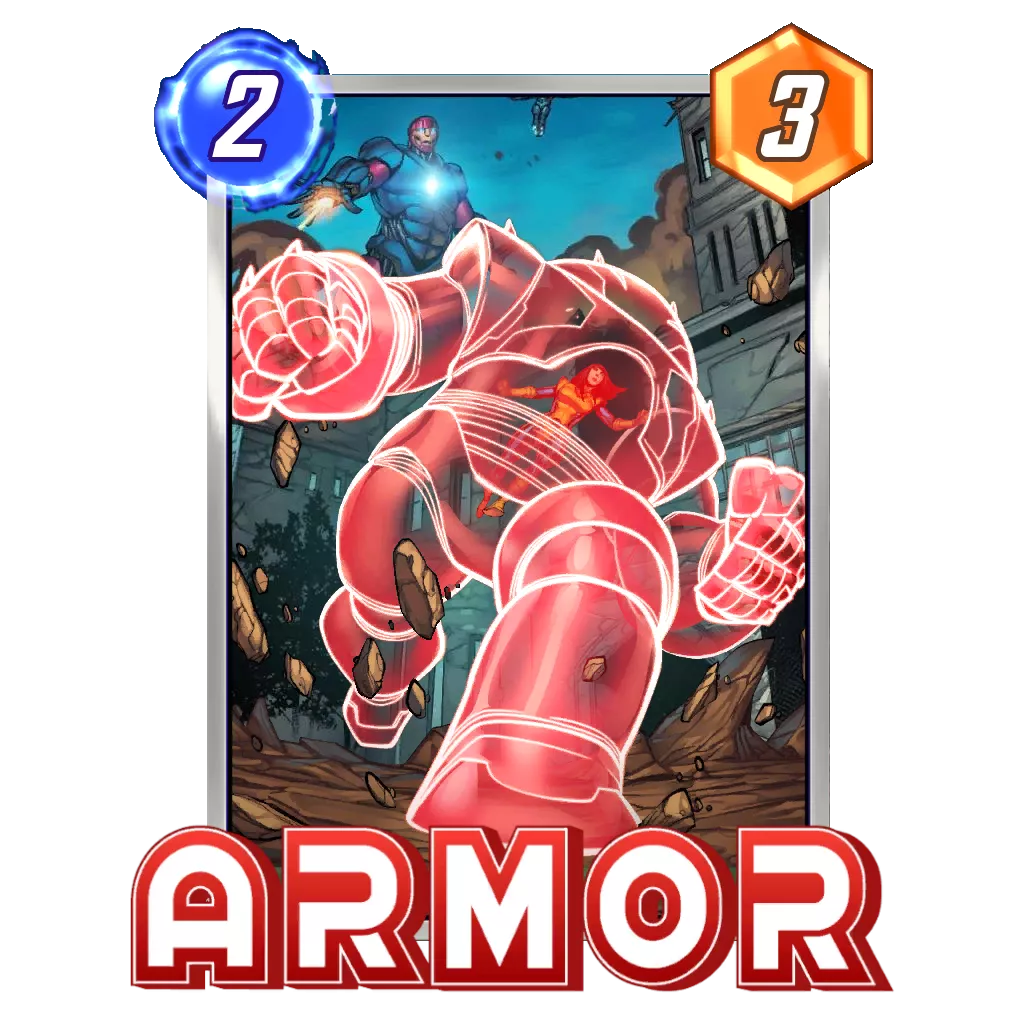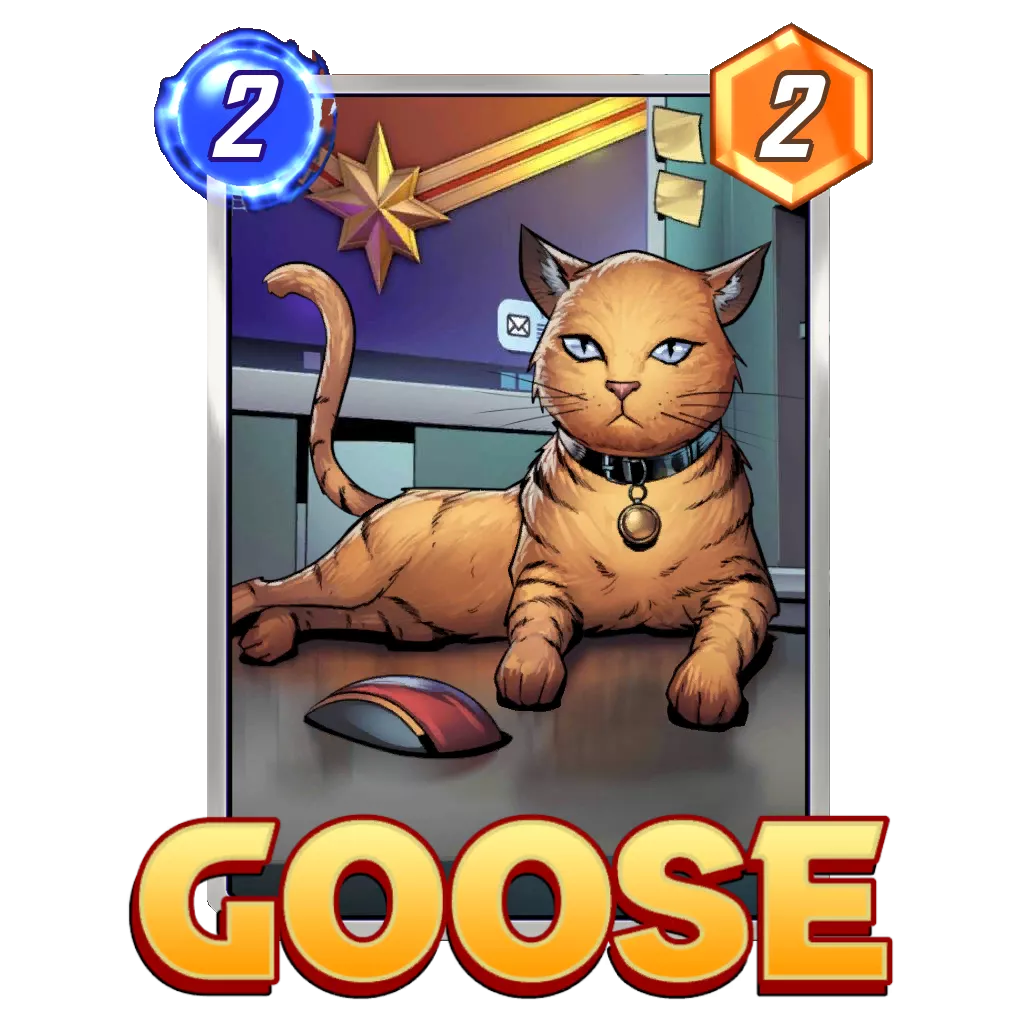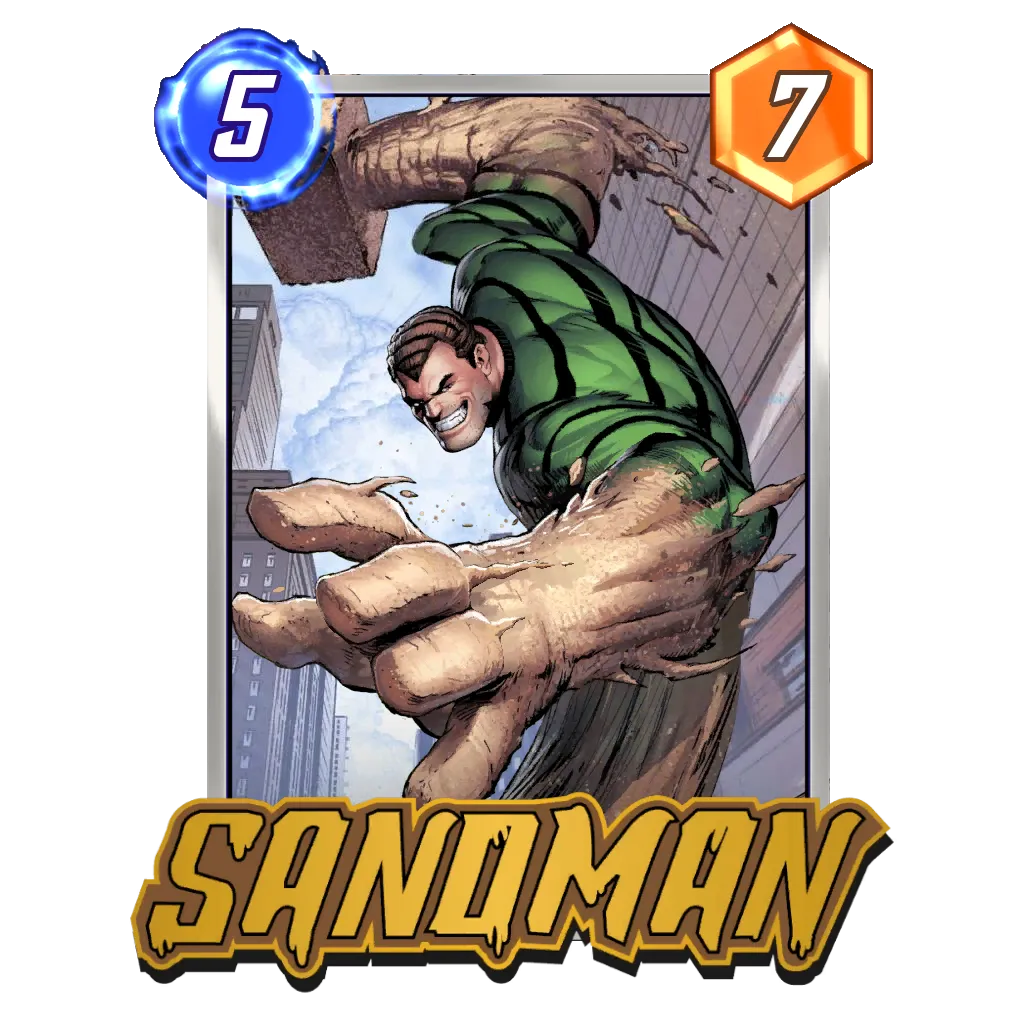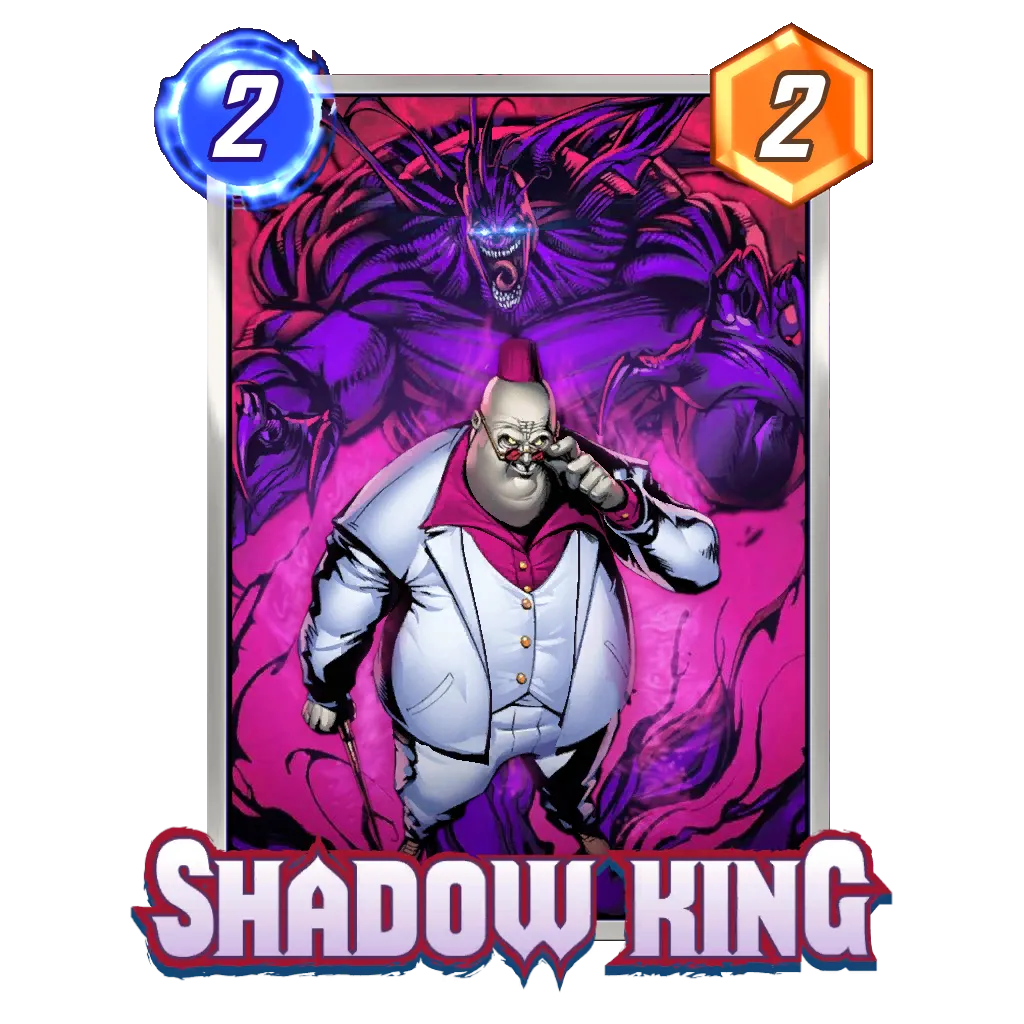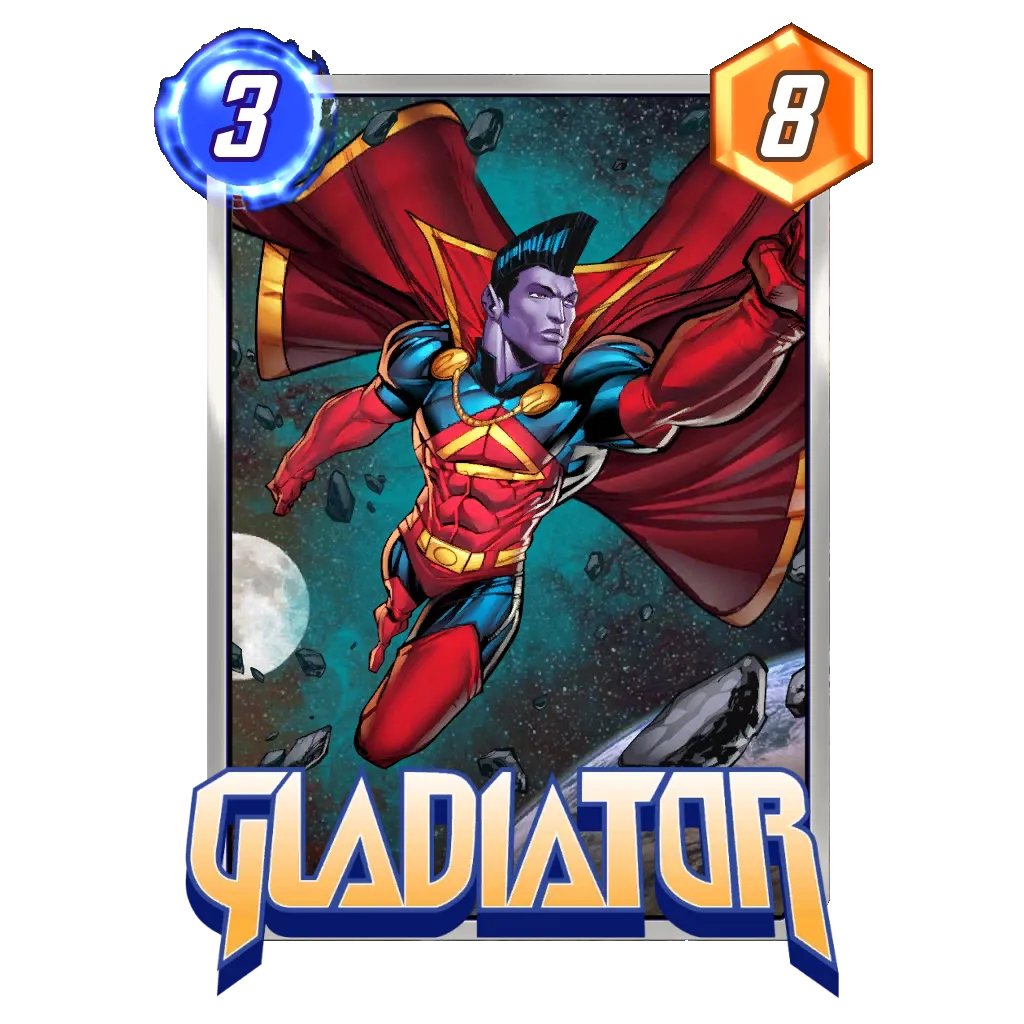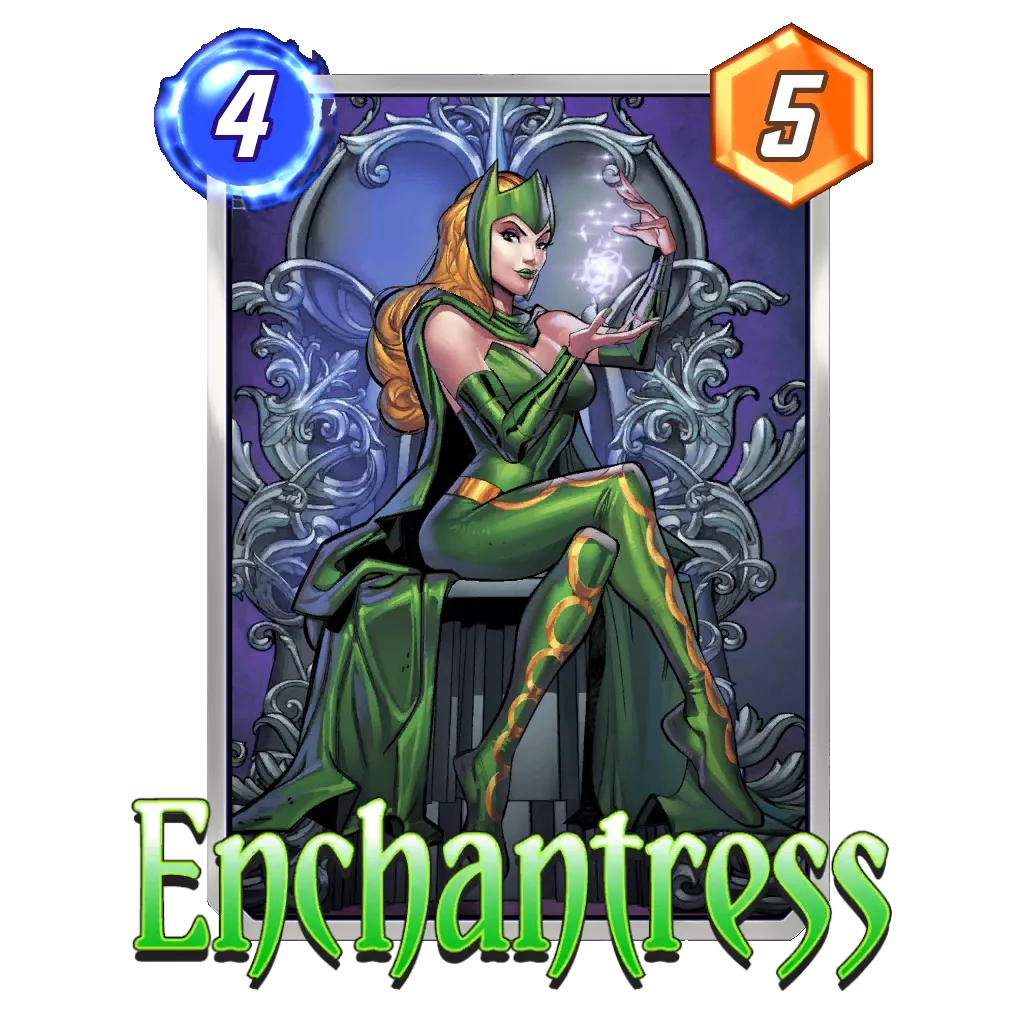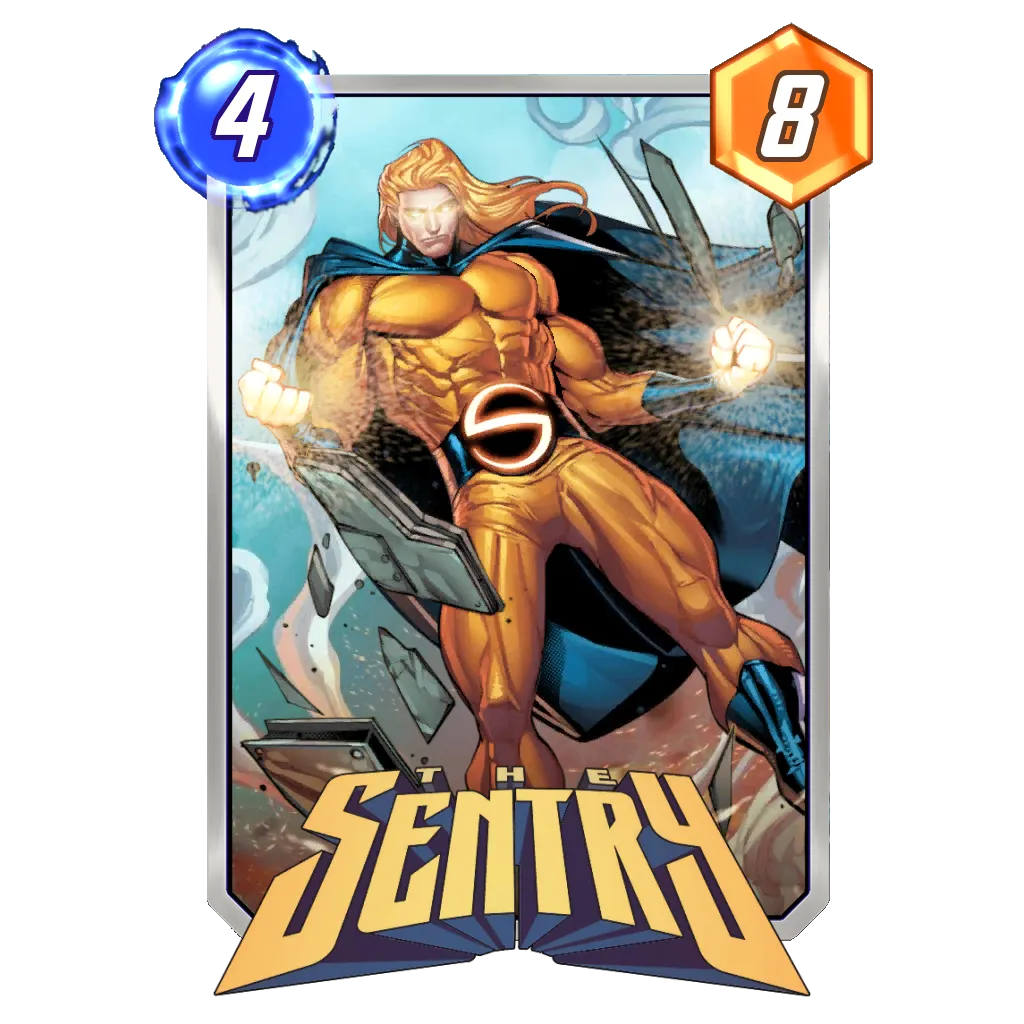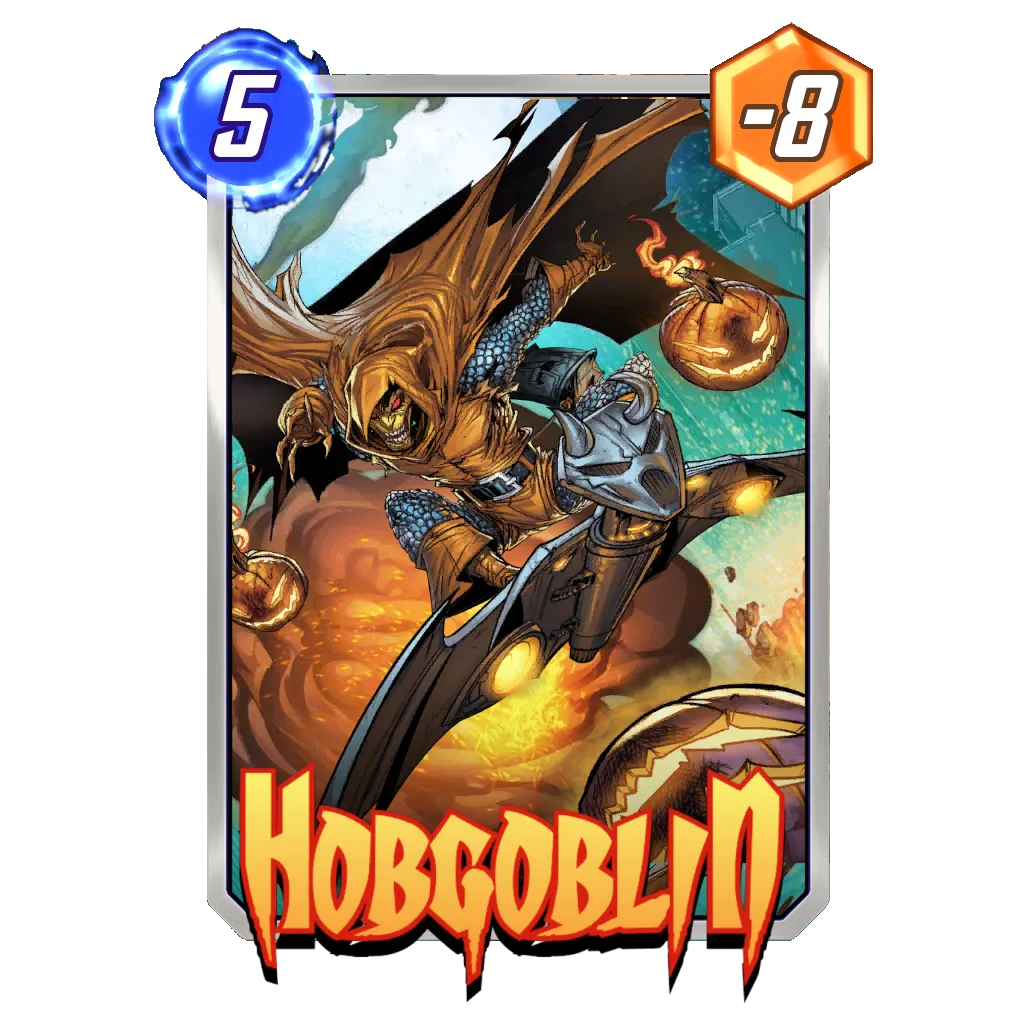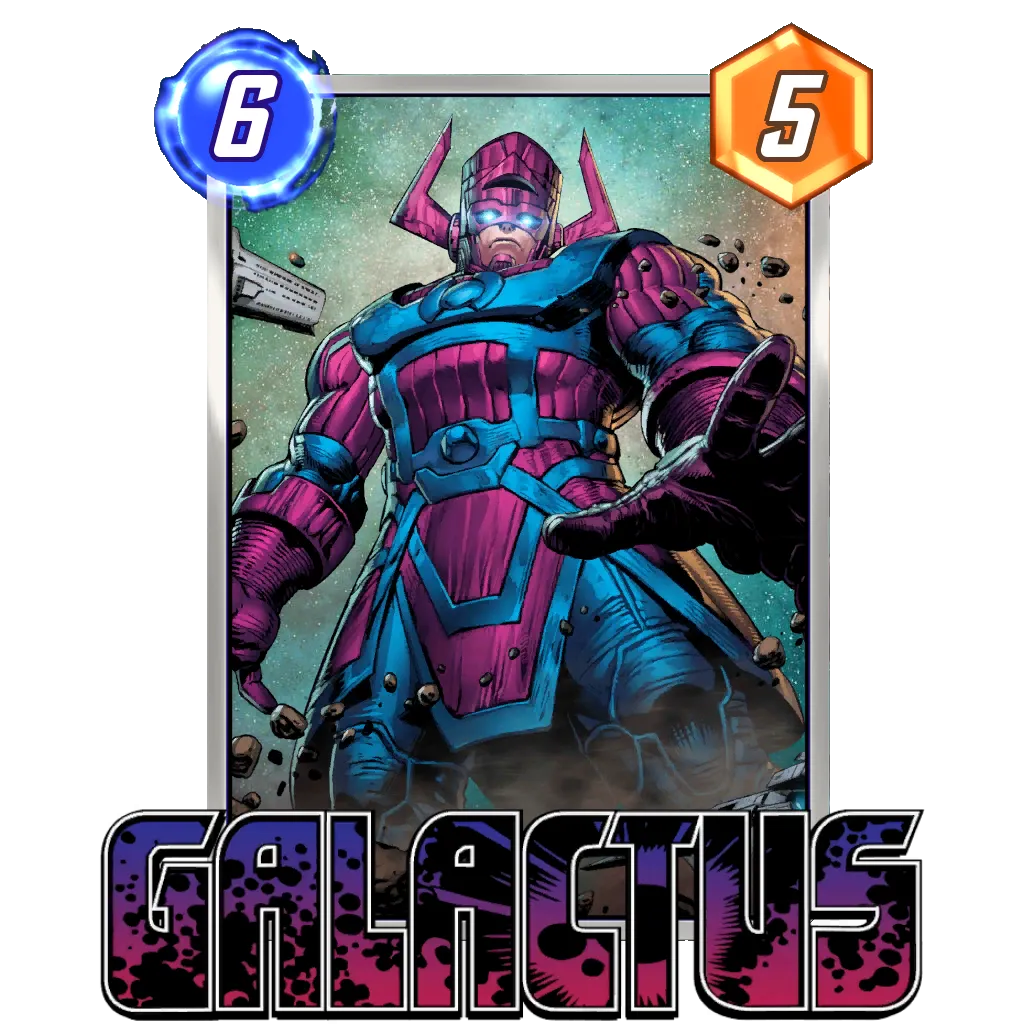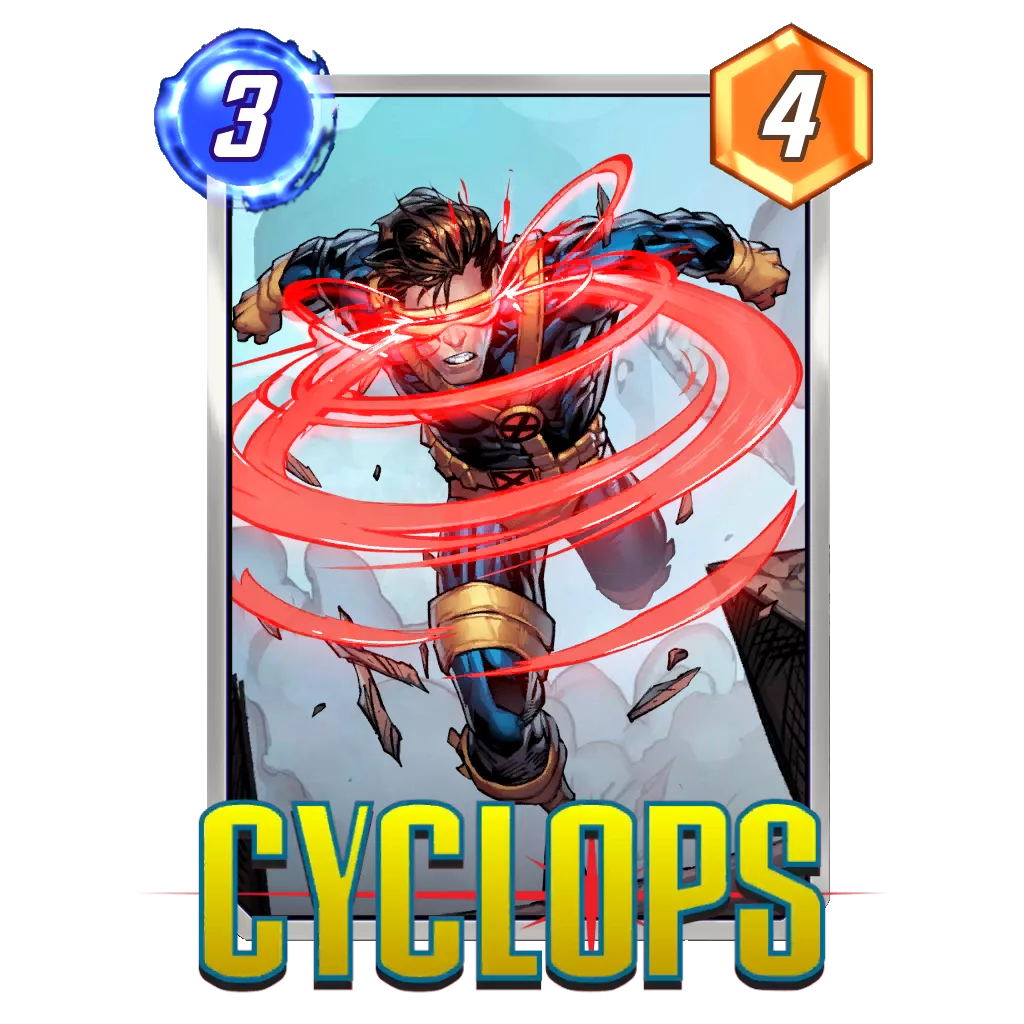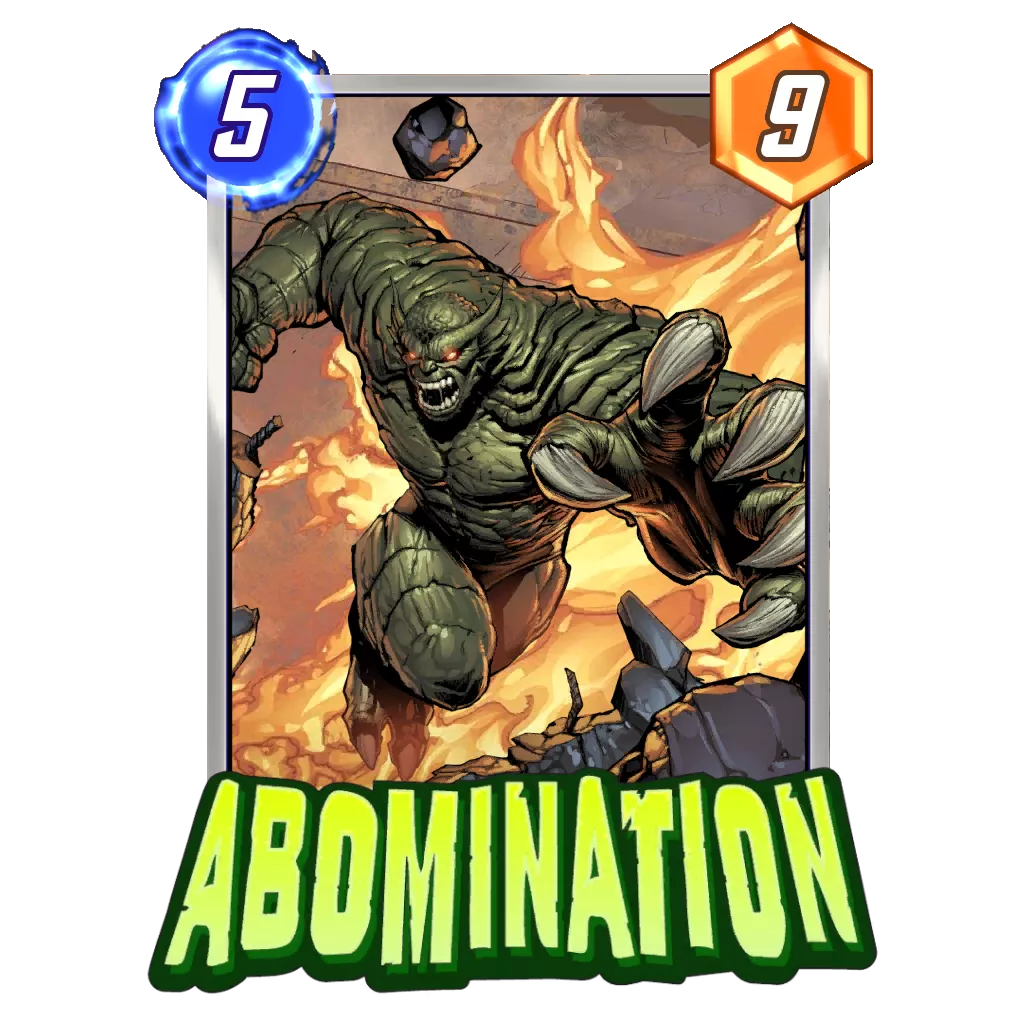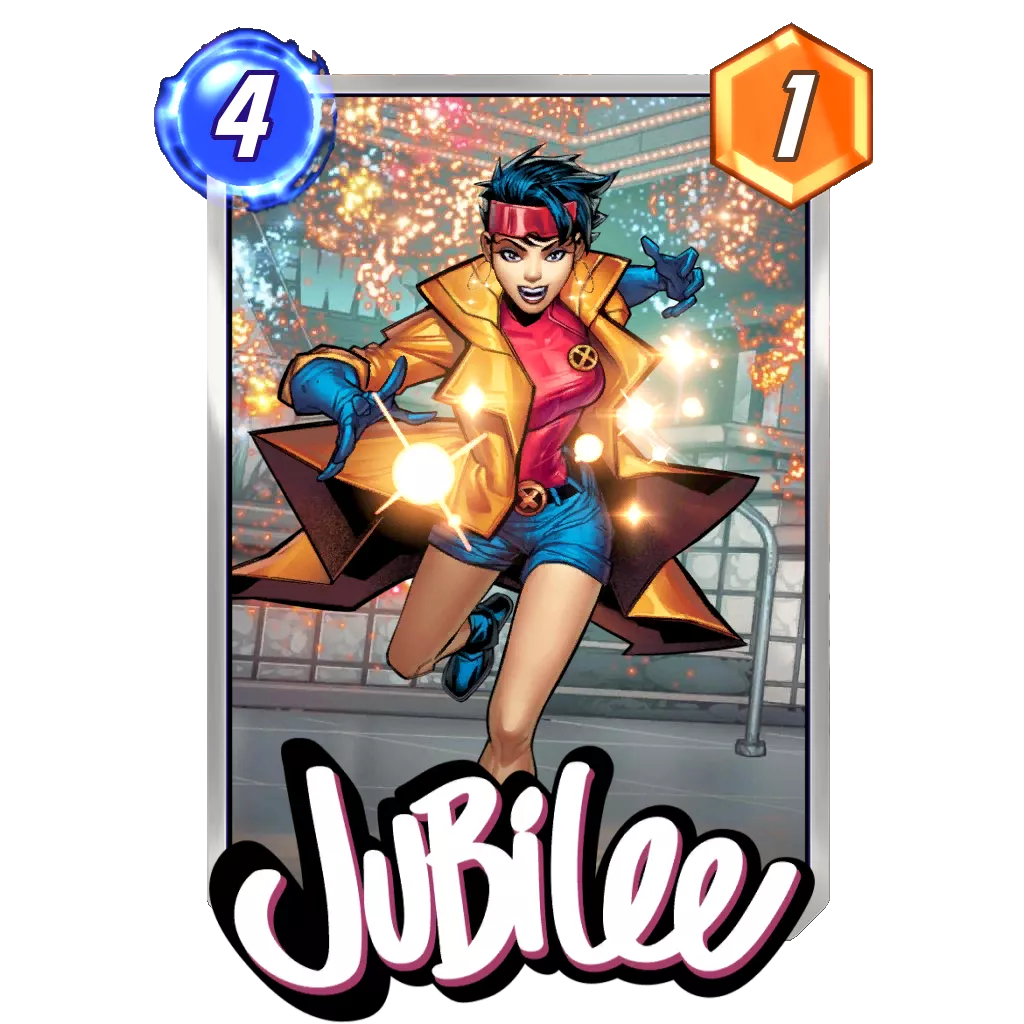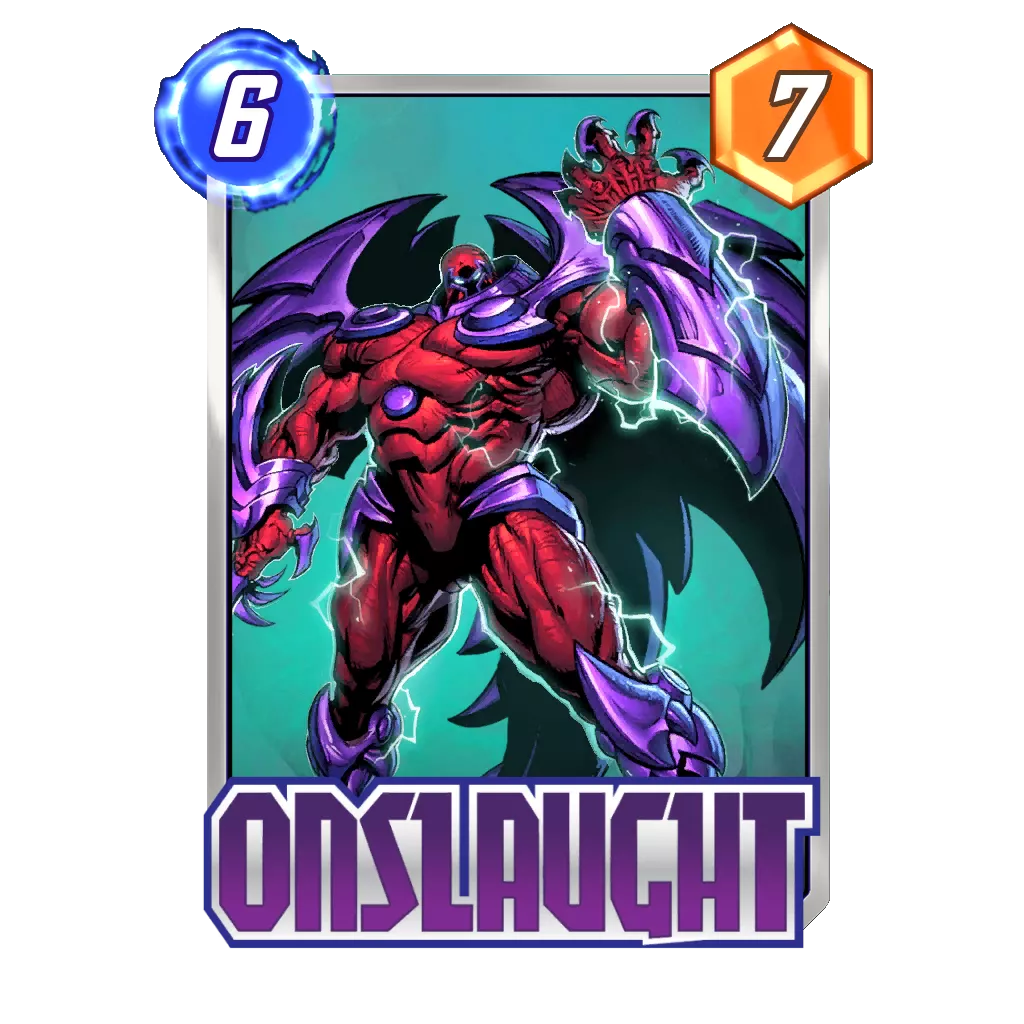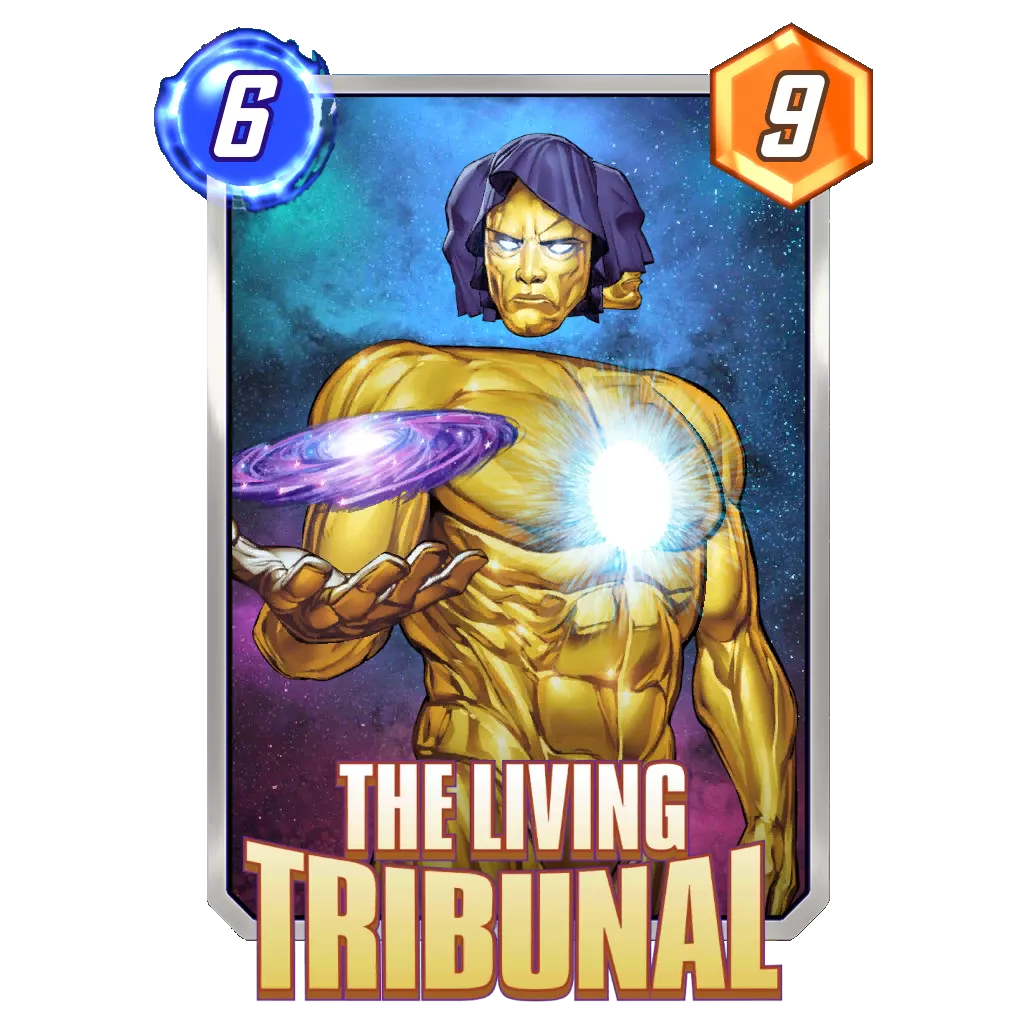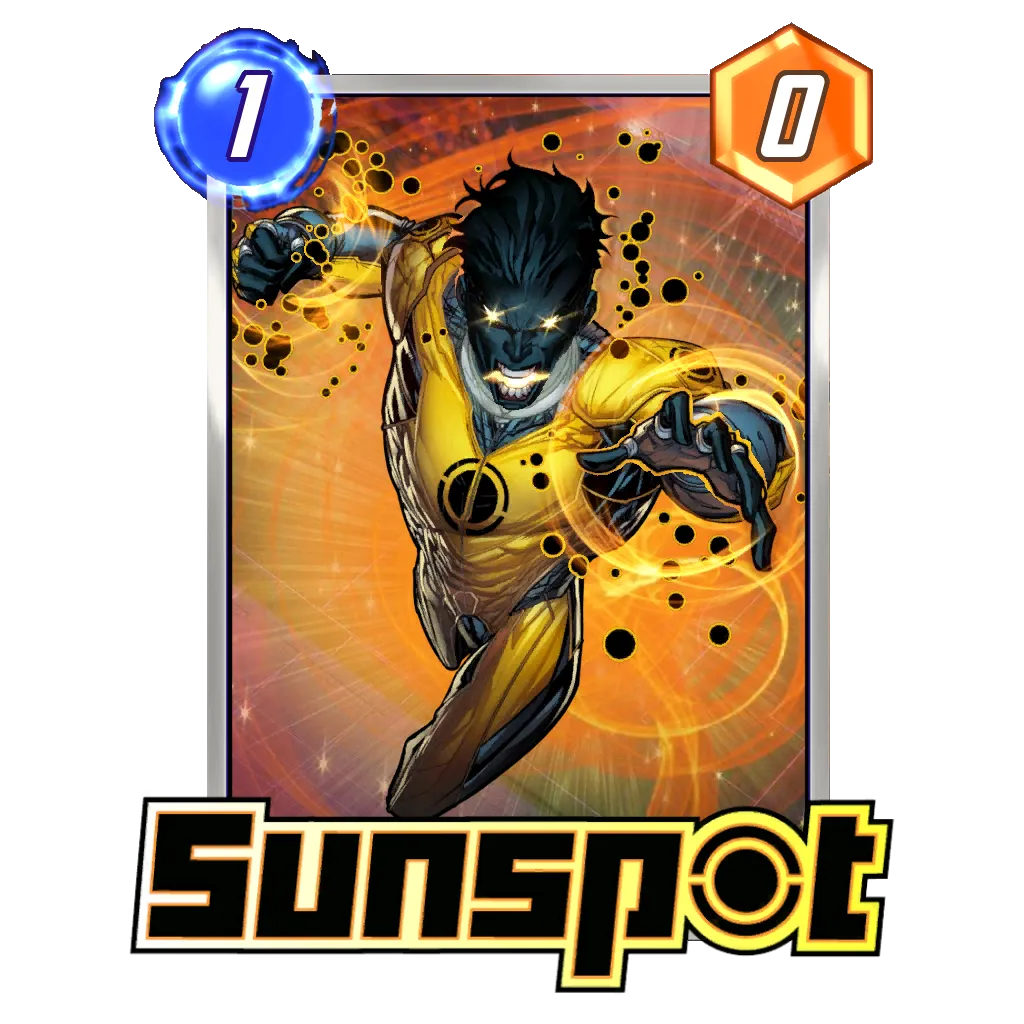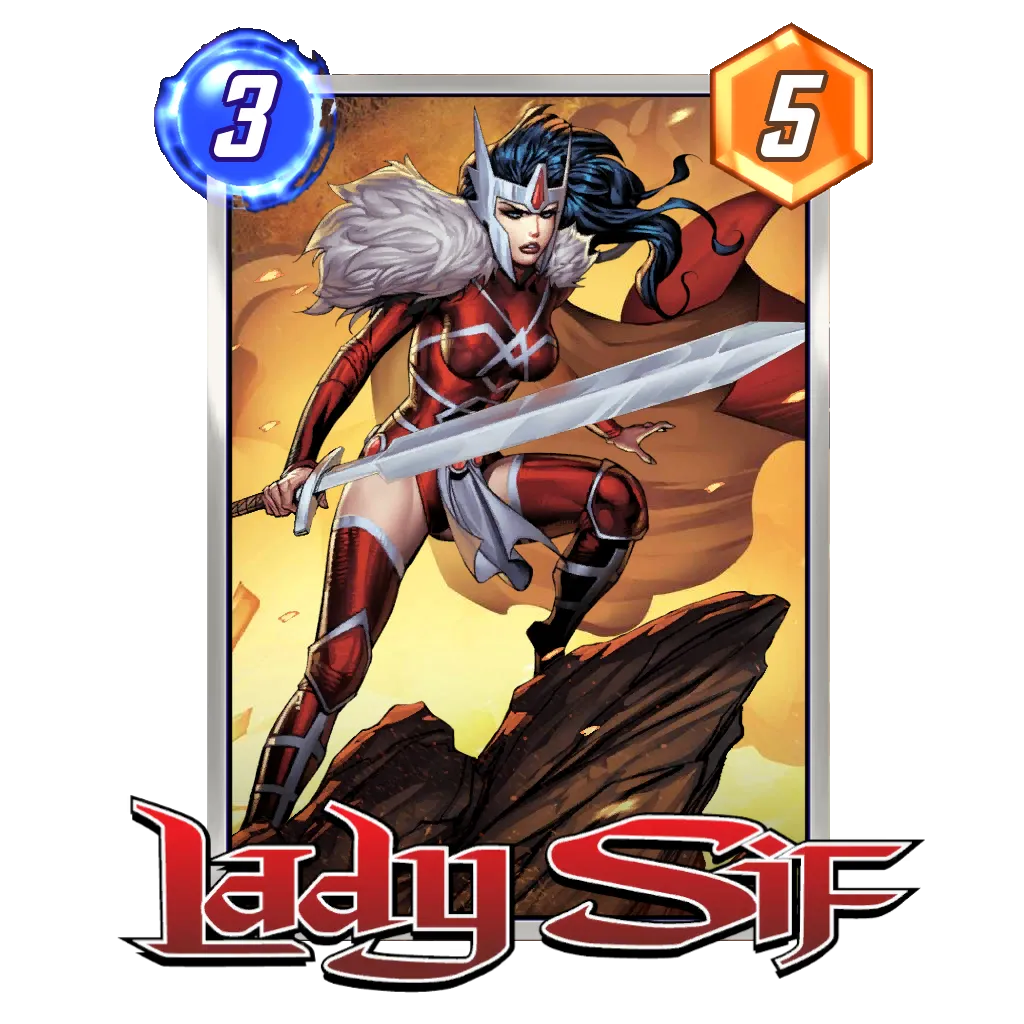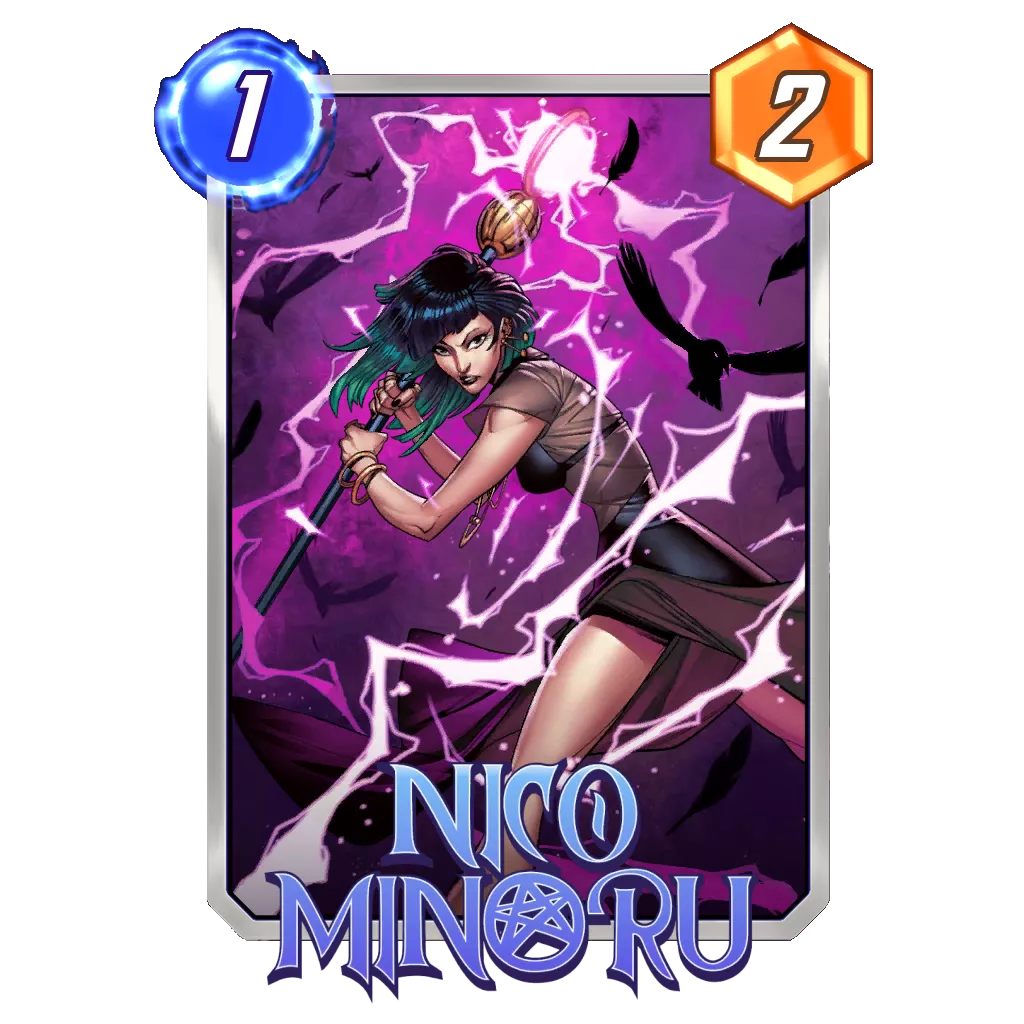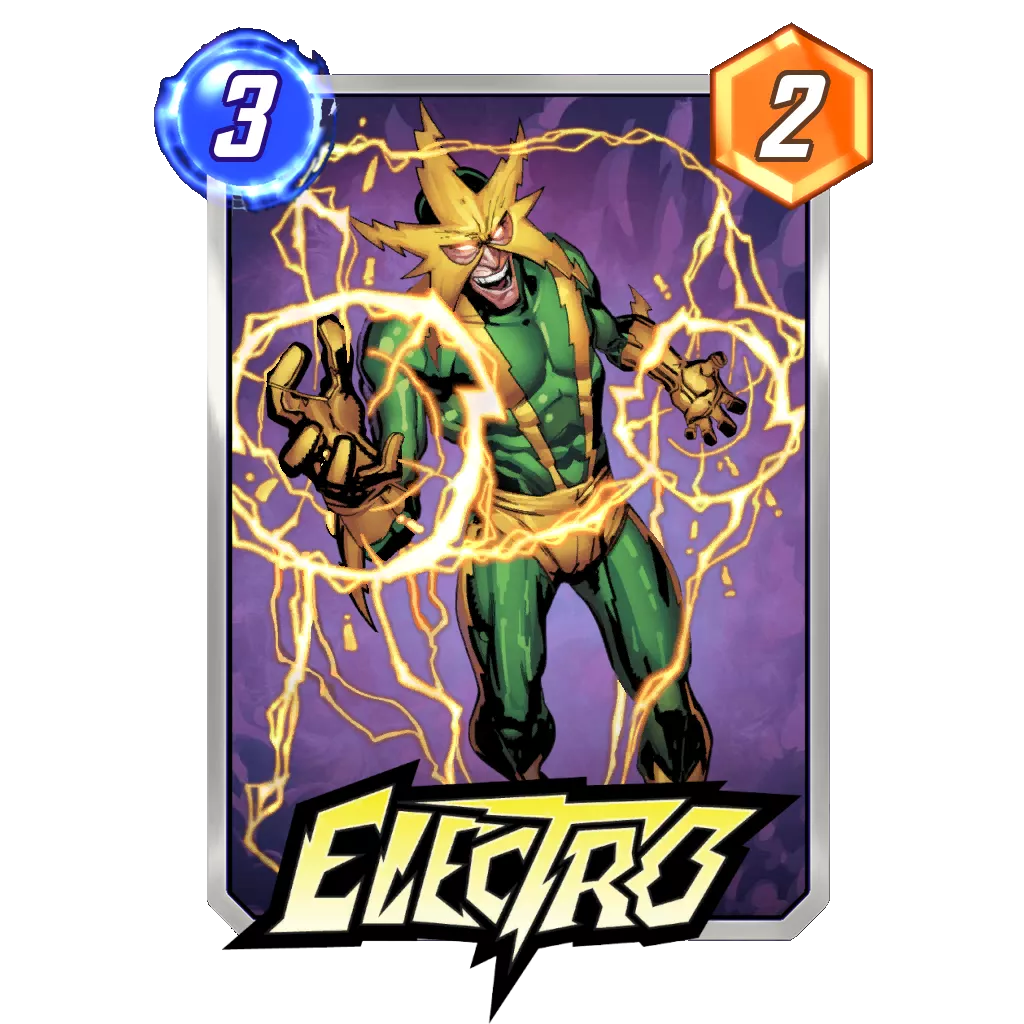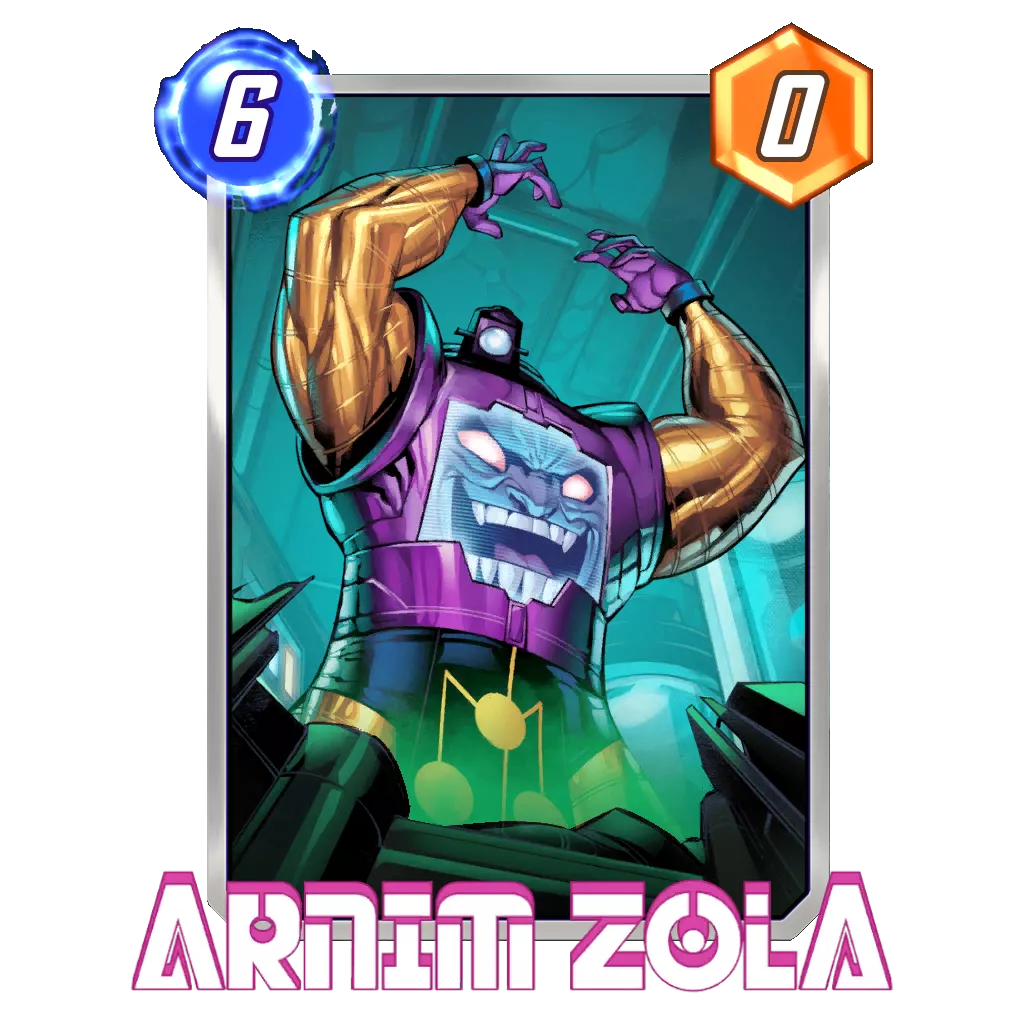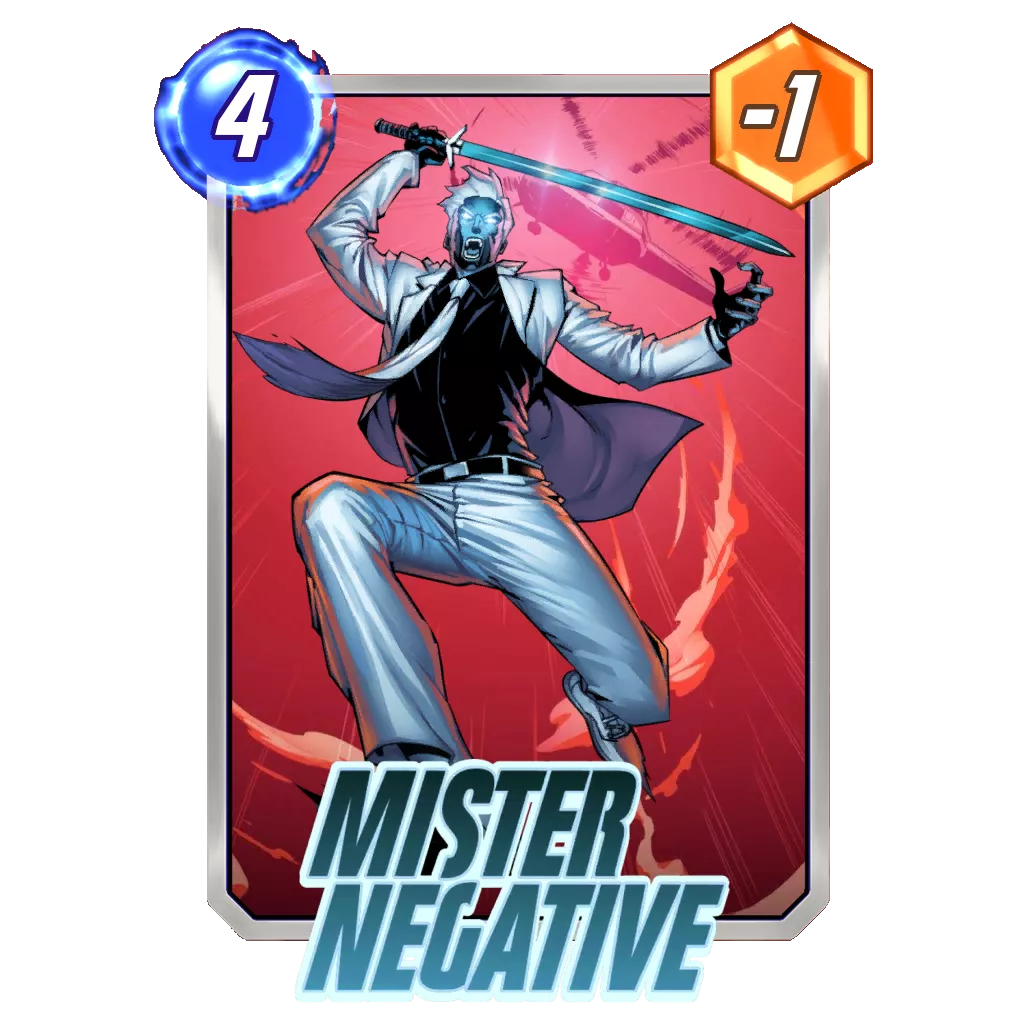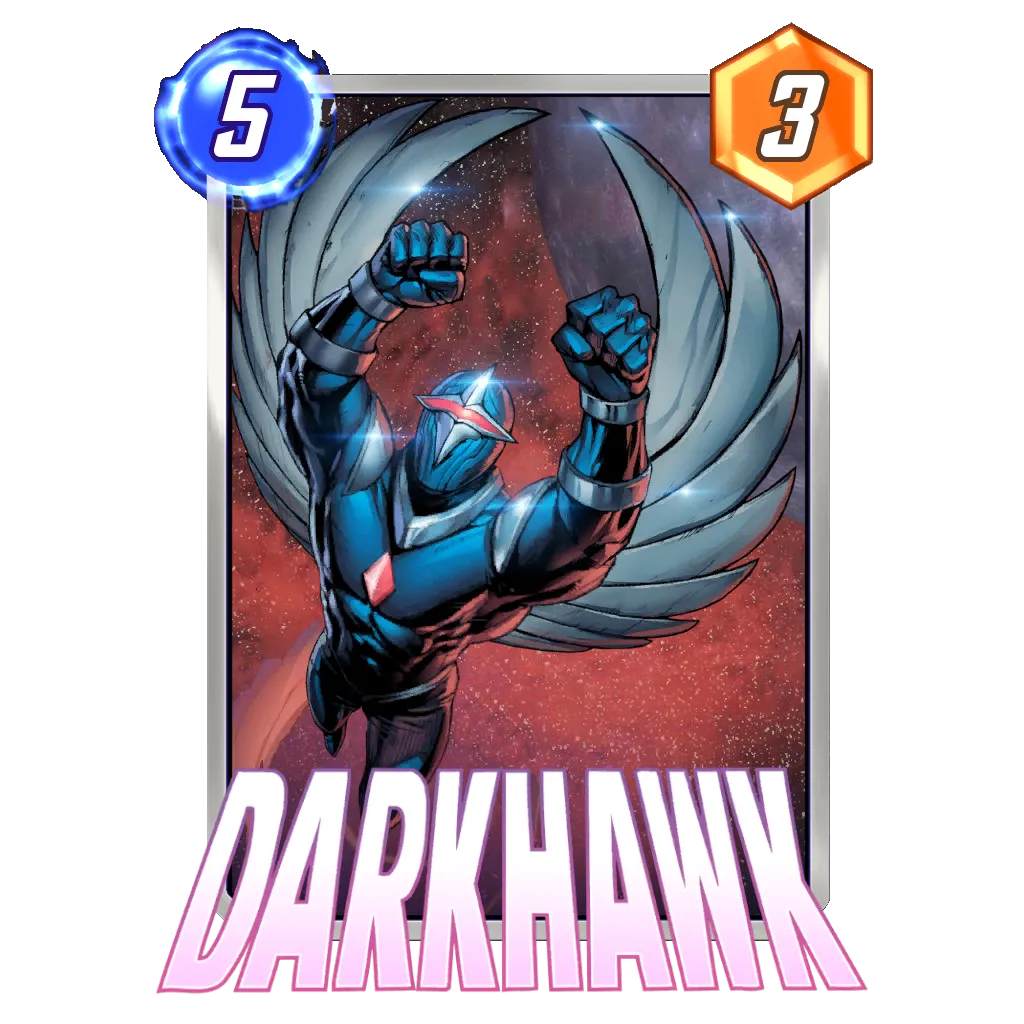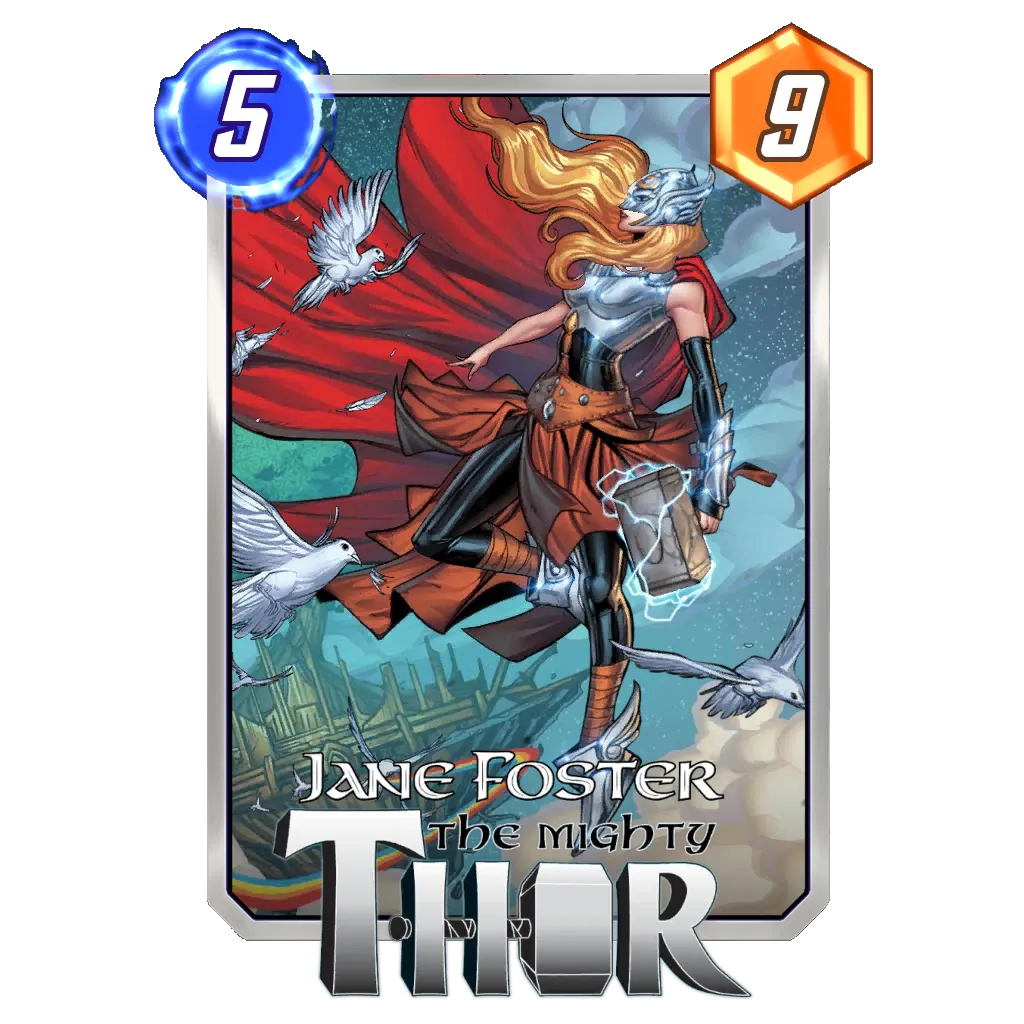Table of Contents
Over the second half of 2023, Marvel Snap has suffered the criticism of many players due to the meta constantly repeating itself and one deck dominating every other possible strategy. Looking back on the last year, we had Zabu, Shuri, Thanos Lockjaw, Bounce, Wave, Loki, Elsa Bloodstone, Ms. Marvel, and finally Blob, all of which took over as meta tyrants and basically dictated what was or wasn’t playable.
To start 2024, Second Dinner heavily nerfed Blob, which ended the domination of Thanos Lockjaw and put every card or deck I just mentioned in its place. This, in turn, left no particular synergy to rule over Marvel Snap. If I had to pick the best deck right now, Destroy probably would get the honor. But that same Destroy deck has been a part of all the previous metas as well, and it was outshone by Loki, Blob, Elsa Bloodstone, and Ms. Marvel over the last four months. The title of Best Deck in Marvel Snap isn’t worth much more than just crowning Destroy as the best among fair decks. In reality, what we have right now is a meta where there isn’t a dominant deck, and many synergies are able to exist and perform.
This more balanced state of the game is usually what every player vouches for when asked about their preferred environment. However, once it is time to find a deck to climb the ranks, the challenge can be more difficult compared to when there is a clearly dominant deck. Indeed, with no archetype posting a particularly stellar Win Rate or Cube Average, every list you try can feel average at best. Without the possibility of going on big winning streaks or the need to Snap contested games (since blowouts are much rarer), finding some comfort in an environment like this isn’t an easy task.
In this article, I’d like to discuss the secret to navigating these open metas where a lot of decks are playable but none of them feel particularly great. I like to call it “Creating Snap Opportunities”, which, as the name implies, is the concept of figuring out how you could Snap more often without taking a blind, bold risk. Ideally, you want to raise the stakes as safely as possible, and a diverse meta can make that safety difficult to achieve.
Before I get into the practical cases, here are the main ways you can create more Snap opportunities:
- Target a popular deck with a glaring weakness. You would then Snap in that particular match up to feed your Cube Average.
- Run counter cards to surprise your opponent on the last turn of play. Here you want to play from behind so the opponent has no reason to leave before the match is worth as many cubes as possible.
- Run cards that disrupt some core elements of the game and have a shot at being effective against a wide variety of opponents. This is kind of the opposite to the previous point; you want to disrupt your opponent before they can get going.
- Build a popular deck with a twist. This can surprise an opponent who thought they had you figured out.
- Find a high power deck that isn’t being countered by the current popular tech cards of the meta. Then, you should be able to Snap with minimal risk when you draw optimally.
- Abuse hot and featured locations. This is a point I will not cover in this article because it is purely opportunistic and pushes for specific, temporary strategies.
Depending on the structure of the meta, each of these points will carry a different weight. Understanding which ones to incorporate in your deck building process is crucial to consistently find success, no matter what the game structure looks like.
Targeting a Popular Deck
As a meta progresses, there are always a few decks that separate from the rest, as their performance drives the player base towards them. Eventually, with enough of the community playing that deck, it becomes a good idea to go after it in particular. This could mean playing a card to hedge your bets against it, or playing an archetype that is known for its strength against your target.
Of course, this idea only works if the deck worth targeting shows a weakness you can abuse. This will typically be the case of a synergistic deck you can derail. For example, Shuri Sauron was extremely strong, but Valkyrie was very effective against it. On the other hand, Thanos Lockjaw was very difficult to play against because its only weakness was Shang-Chi, but Caiera and Leech were doing a very good job at stopping it. It is also important to be able to figure out how you will attack your target and how likely you are to be rewarded for it.
Currently, the archetype holding the most momentum is Destroy. It’s a deck we all know is weak to cards like Armor, Cosmo, Professor X, and Alioth because these can prevent the deck from developing as it intends to.
















If you know you could beat Destroy if you built your deck for that purpose, the question in the current situation isn’t whether you can or cannot target the most popular deck; rather, it is whether that deck is popular enough to be worth targeting.
In my opinion, the situation we’re in now doesn’t call for playing a deck aimed specifically at beating Destroy. However, because cards like Armor and Cosmo are fairly simple to slot into a variety of decks, I could see some decks run either card without changing how they operate. Archetypes such as Good Cards Darkhawk, Loki, and even Thanos could easily slot Armor in their deck. You could also look for a deck that is able to naturally include Professor X or Alioth (Thanos Control or Lockdown come to mind in that regard).
Depending on the deck you want to target, there are plenty of restricting cards in Marvel Snap you can use:






















For this category, the key point is balance. How much is targeting the popular deck worth compared to what you are sacrificing against the other decks? The more popular that targeted deck is, the more value you will gain by going after it. But, by the same token, the riskier it is to pick a targeted strategy, the more you should be looking for solid archetypes that is able to play important cards rather than trying to build for that specific purpose.
Using Final Turn Counter Cards
If you can’t win more games, you can always try to make the ones you win worth more than the ones you lose. For this strategy, counter cards are particularly effective because they give your opponent the lead and build a sense of confidence within them so they stay in the game. Keeping your opponent in the dark about your strategy should make them more reluctant to Snap early, and that gives you the initiative to raise the stakes or leave for one cube when you can mount a comeback.
Similar to the previous section, the key for this strategy to work properly is knowing which cards can turn a location around on the last turn of play. Fortunately, there is already an established deck that specializes in that particular style of play: Sera Control.
The deck’s current performance shows that this strategy has some upside in the current environment and that generic counter cards can be a nice answer to a diverse meta. In this deck, you can see the big five global reactive cards: Shadow King for buffs, Mobius M. Mobius for energy cheats, Killmonger for 1-Costs, Enchantress for Ongoing strategies, and Shang-Chi for high power cards.
Joining them are two important categories of cards:
- Energy cheats to play during the match that never commit you to anything specific. See Zabu and Sera as energy you pay now, but will actually use later on in the match.
- High power, cheap cards such as Gladiator and Maximus. These cards can always just contest based on points if you aren’t able to counter your opponent’s strategy.
Rounding out the deck are strong, standalone cards like Jeff the Baby Land Shark, a card you can use in basically any deck, and Legion, which can be regarded as a standalone card or a disruptive card depending on your opponent. These two are the most flexible cards in the deck since they don’t serve a particular purpose. The other cards represent the core of this strategy.
This puts you in control of the game’s most important mechanic, which sounds sounds like a perfect plan for a game like Marvel Snap. But there are two crucial factors to consider:
- You give your opponent priority, which means they can protect their cards or cancel yours with Cosmo, Alioth, or other such tools on Turn 6.
- You need to understand how a plethora of decks work in order to know which counter cards your opponent will be weak to and how to use them properly. Without this condition, you often won’t be comfortable enough to Snap, and that is the true goal when playing this kind of archetype.
Attacking the Core Elements of Marvel Snap
In the previous strategy, you want to purposefully give your opponent priority in order to land some counter cards and cancel what they built during the course of the match. Thus, it would be necessary to know what the opponent’s game plan is in order to properly use your cards. With this approach, however, you will try to achieve similar results (disrupting the opponent’s strategy), but you will try to do it proactively by attacking some concepts that every deck uses: card positioning, locations, and/or available space.
This might be easier to understand with an example, so let’s take a look at the Junk archetype, which is famously known for performing this kind of strategy really well:
In the first section, I mentioned a few cards that were particularly good against Destroy to illustrate how you could target a specific deck to Snap against it. When you look at this deck, there aren’t any cards that tell you which deck it wants to beat in particular, only that it will attack the opponent’s space. This is precisely what this point is about: not attacking anything in particular. Every deck in the game needs space to function, so if the meta is too diverse to know who to target, just go with a strategy that can function against all of them and Snap whenever it works out.
This might too simple to be true, and the fact that Junk gets eaten alive by Destroy kind of defeats my example a bit in the current environment. Still, the principle remains the same: if you manage to lock the opponent out of space, the game is as good as won because only you are able to play. Whenever you can picture a way to lock the opponent out of options, you have created a Snap opportunity. It might not be so simple at first, but Marvel Snap is ruled by some laws that we can always rely on:
- The energy tells you how much the opponent can do with their turn.
- The amount of cards in hand gives you information about how many they could play.
- The locations can be clues as to where they will play their cards.
- The cards they already played are more clues regarding what they might do next.
With all these laws in mind, you have a ton of hints as to what the most likely next move is for your opponent, so you can try to anticipate it and lock them out of possibilities for the rest of their play patterns. Junk is a deck that specializes in doing just that, but you might not like that archetype (especially with Destroy as a strong contender currently). However, there are plenty of cards you could just slot into your deck to add that bit of proactive disruption to your strategy. That is, as long as you have priority since it is an important part of several of these cards working at their maximum capacity.





















































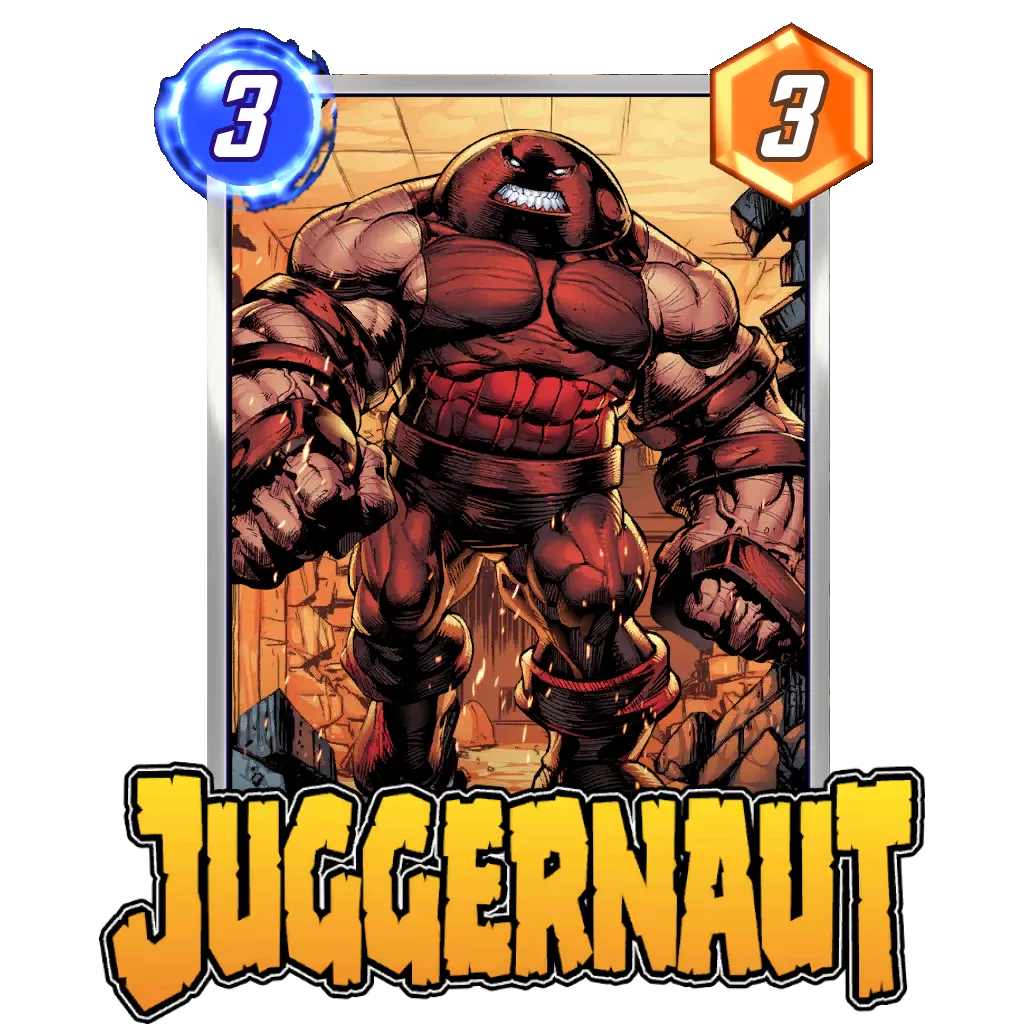




































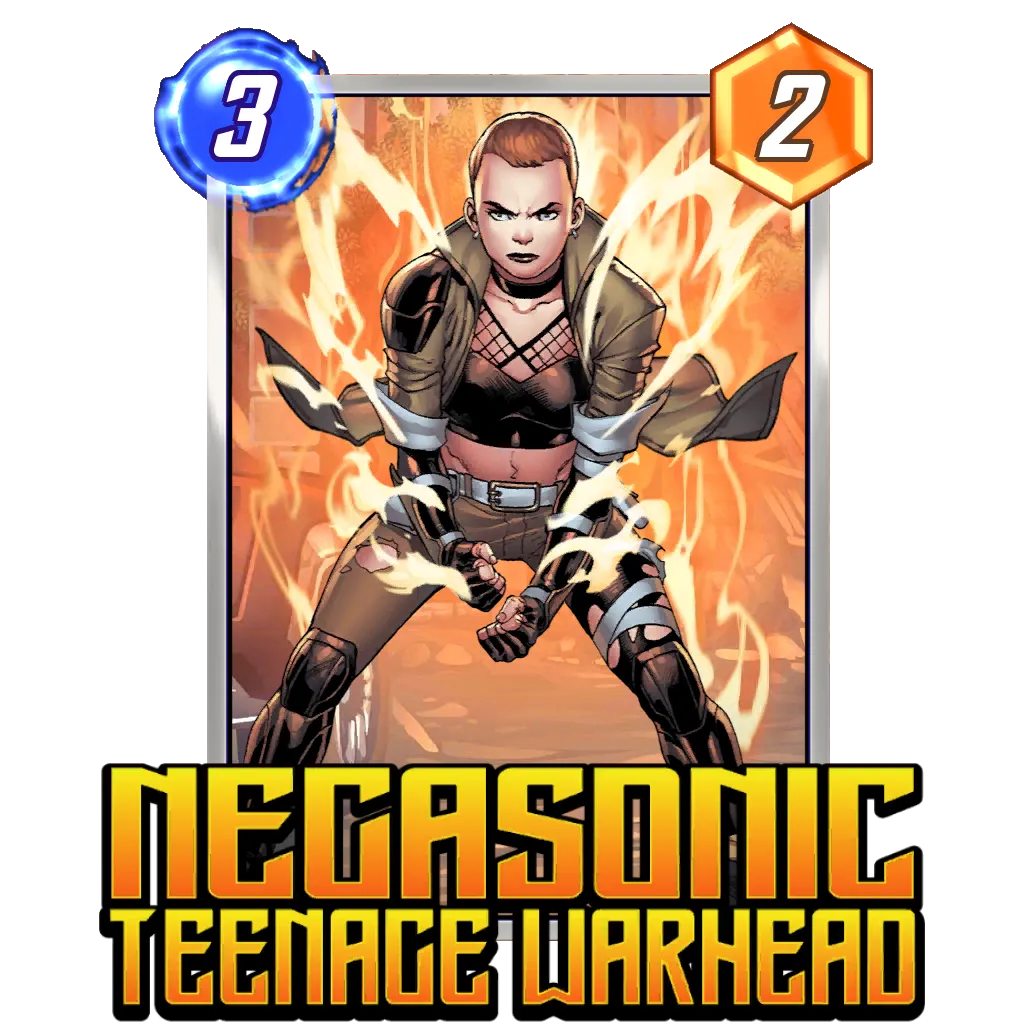


Twisting Your Opponent’s Perception
The perfect Snap is one with asymmetric information (i.e. you hold some information that justifies your desire to play for more and your opponent isn’t scared away because they believe they still have a shot at winning). I already discussed how you could include some cards in order to create that opportunity by countering or limiting what the opponent can do, so now let’s discuss the other way to open more Snaps. You want to focus on beating your opponent the good old-fashioned way: points.
The key element to keeping your opponent in the game is to have them believe they can beat you, either with more points or by removing some of your development. In both cases, your Snap pushes them to consider the rest of the match and decide whether it is one they can stay in or not. In this section, you want to try using that perception to your benefit since you aren’t playing exactly what they thought you were.
Let’s take this deck for example. It looks like a Junk archetype, except you have High Evolutionary, Cyclops, and Abomination in the mix. Consider this deck from your opponent’s point of view.
Early on in the match, you will play The Hood or Nebula, Scorpion, Debrii, and Sentry. These are all cards that aren’t odd to see in a traditional Junk deck (except for maybe Scorpion). Then, if you Snap around Turn 3 or Turn 4 and you have not revealed Evolved Cyclops yet, the opponent has no way of knowing the High Evolutionary part of your deck. As such, at the moment you are asking them to decide whether they want to stay in or not, they are basing their decision on the notion that they are playing against Junk. Little do they know there’s a free Evolved Abomination in the works!
This is one of the most difficult strategies in this article to find success with because it relies on finding a variation of a popular deck that is strong enough to be competitive. However, if the meta is so diverse that you can’t just hedge your bets by changing a card for a specific opponent, or if seizing priority isn’t so simple with the archetype you want to play, this kind of misdirection can bring home a ton of cubes.
Finding the Loophole
Ultimately, Marvel Snap is played with points on three different lanes. Regardless of whether you are trying to develop more than your opponent or cancel their development, the game will look at which player is winning two locations when the match is over. There are some decks with a crazy high points potential that are well aware they can beat most other decks if they can do their thing in peace. The problem is, however, that those decks tend to be extremely fragile or draw dependent. Sometimes both. Snapping with such a deck can be scary because it can feel like praying the opponent can’t punish you.
Well, there is a loophole to this: What if the card punishing you isn’t played right now?
Marvel Snap is played with only twelve cards in a deck, so you can’t cover cover every possibility. When you build your deck, you will often focus on your core synergy or look for cards that help against popular decks (or a variety of expected ones), just like we covered in the previous sections. This means that there is a meta for counter cards in the same way there is one for archetypes. If you think about it, the reason why Destroy is the best performing deck at the time of writing is because most decks aren’t using Armor, which gives Deadpool all the freedom it needs to grow its power. As such, if you can figure out the popular counter cards, you should know which decks are not a good idea to run. You should also know which ones have a lot of space to exist.
Of course, this comes with a risk. It means running a volatile deck that can sometimes lose to itself. Still, those loses will often be for one cube. On the other hand, if you Snap your above average draws while knowing you are very likely to win a points shootout (and the card that could prevent you from doing so is unlikely to be in your opponent’s deck), you’ve created a situation where you are losing one cube and winning two to four cubes on average. With such a situation, even a 33% Win Rate could climb the Ladder since one win is worth at least two losses.
I know this strategy tends to be avoided; most players look for decks that are able to win consistently instead of picking the high risk, high reward route. But you shouldn’t dismiss that strategy in a meta where those consistent decks aren’t achieving a high Win Rate, either.
Here are a few decks with a Win Rate below 50% that are actually doing well when you look at their Cube Averages over the past week:
Closing Words
Marvel Snap has been the first successful game to introduce a metric other than Win Rate to the card game space. Before this game, we would judge a deck solely on how often it was winning. Now, even though that metric is still important to a deck’s success, decks that are able to rack up more cubes are regarded as the best. Through this unique feature, Marvel Snap has been able to keep a lot of decks in the competitive space, and it is constantly challenging us to find the ideal list to win more cubes.
In this article, I tried to highlight the various strategies you can use in order to create Snap opportunities and win more cubes – especially when the meta isn’t centered around a few strong decks. Right now, there easily are ten archetypes that can reliably climb the Ladder, but they all might o that in a different way. Some will rely on a very strong, established list with a solid Win Rate, others will adopt a bold strategy and an aggressive Snap mindset, while others still will capitalize on some disruptive cards to Snap against certain opponents or when specific locations appear.
There isn’t really one good answer to how you should approach the Ladder (or the Conquest mode) in Marvel Snap. There are established concepts and rules, but it is up to you as a player to make those your own and craft your strategies based on how you want to play the game.
I hope this piece helped you develop your own idea of what can be done in Marvel Snap to collect more cubes. Feel free to drop any questions in the comment section, or even share your secrets for racking up cubes! You can also find me on the Marvel Snap Zone community Discord for any questions, or follow my Twitter page where I share decks and biased opinions about the game.
Good Game Everyone.

⭐ Premium
Enjoy our content? You can Support Marvel Snap Zone and your favorite content creators by subscribing to our Premium community! Get the most of your Marvel Snap experience with the following perks for paid membership:
- No ads: Browse the entire website ad-free, both display and video.
- Exclusive Content: Get instant access to all our Premium articles!
- Meta Reports: Exclusive daily meta reports, such as the Ultimate Card Metrics Report, Top 10 Decks of the Day, Top 30 Cards, and Top Card Pairs tailored for you!
- Team Coaching: Join our free weekly team coaching call sessions on the Discord server. Claim your Premium role and gain access to exclusive channels where you can learn and discuss in real time!
- Premium Dashboard: Get full instant access to the member-only dashboard, the all-in-one page for all your benefits.
- Support: All your contributions get directly reinvested into the website to increase your viewing experience! You get also get a Premium badge and border on your profile.
- Special offer: For a limited time, use coupon code SBYREX4RL1 to get 50% off the Annual plan!
























